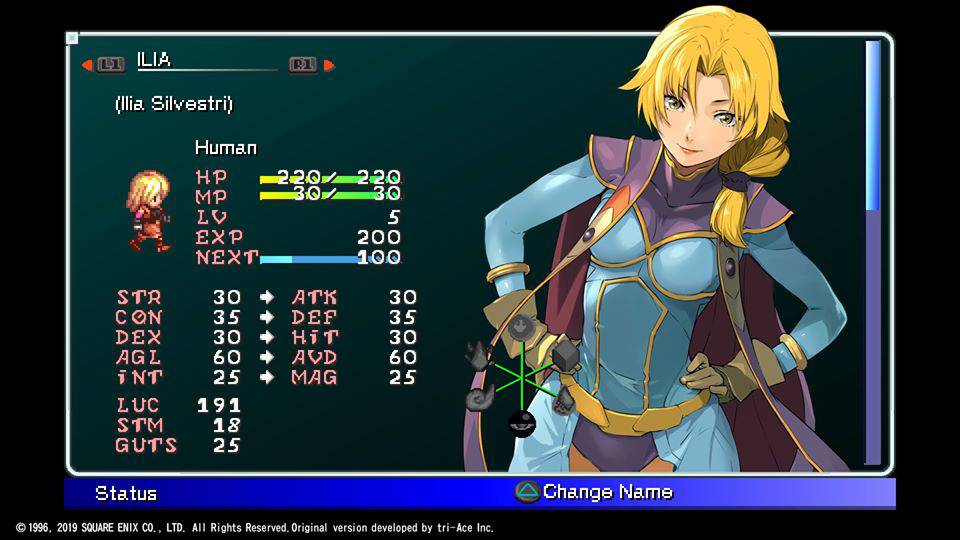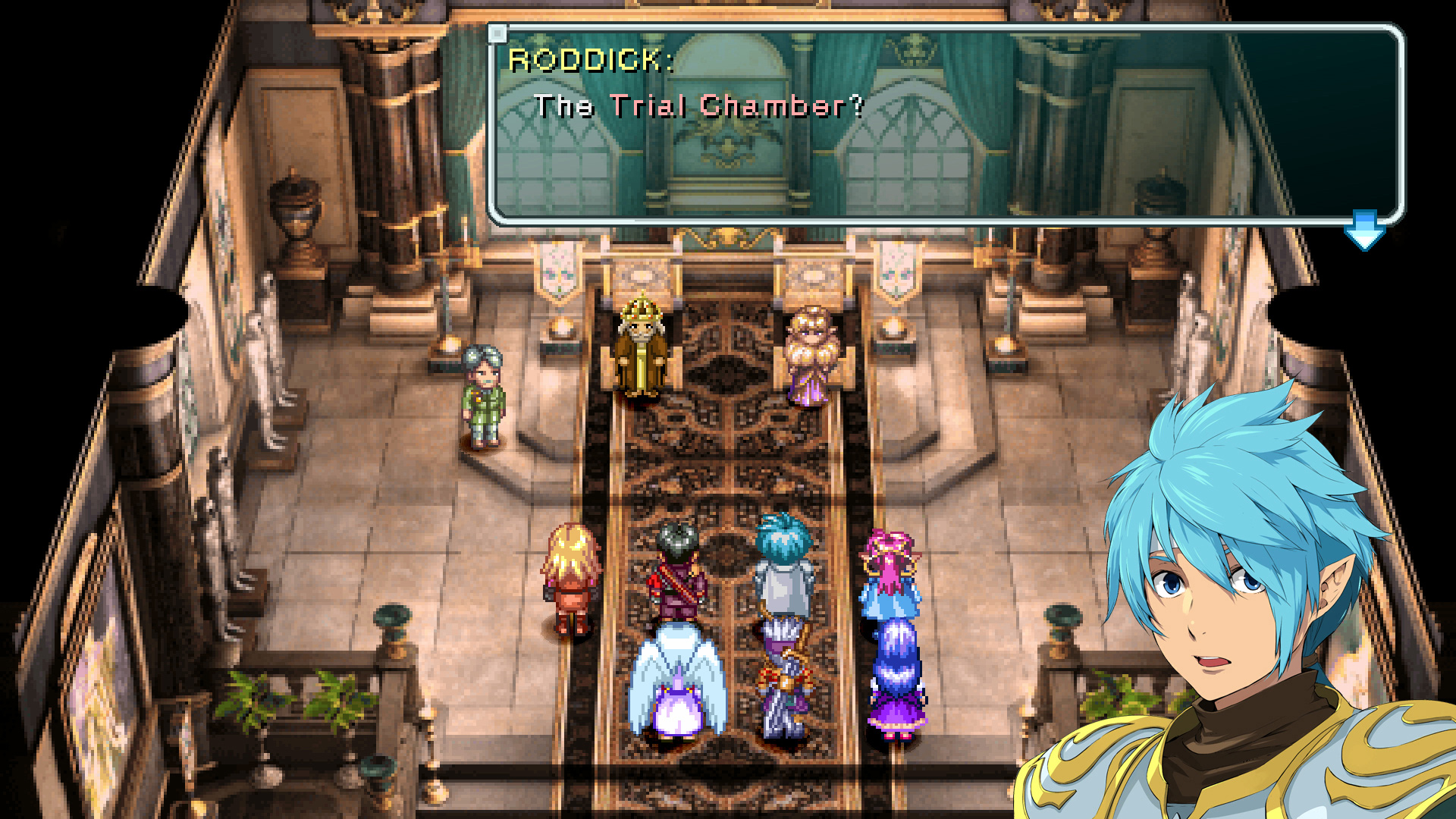

- Star ocean first departure r. how to#
- Star ocean first departure r. series#
- Star ocean first departure r. psp#
Thereafter, I left the video game company I had been working for to become an illustrator, and never in my wildest dreams did I think that I would be involved in the series with my work on Star Ocean: The Last Hope. Katsumi Enami: At the time of Star Ocean’s original release, I spent my days delving into games, so I had played the title as well. PSLS: Were you familiar with Star Ocean before you were professionally involved with it? If so, what does the series mean to you? Enami’s answer was fascinating and helped me develop a more rounded perspective on this workspace.Īlso, the other questions are pretty good too. Any IP-based project like this can seem like mercenary work in some ways, and as a writer, I often wonder if artists struggle with validation when illustrating for properties they don’t have true control over. As always I’m curious about the process, but I also wanted to get a video game artist’s perspective on ownership. I would have enjoyed a new English voice track as well to see a new generation of voice actors’ take on the cast, but I understand that Star Ocean is relatively niche now.We got the chance to shoot Enami some questions, and as the resident PlayStation Lifestyle JRPG Nerdface, I was glad to take on the opportunity. All of them are serviceable, but I think the real highlight is just how much voice acting there is.
Star ocean first departure r. psp#
There are two Japanese audio tracks, one being the original PSP audio and one being a completely new track recorded by the old voice actors of the SNES game, and the original PSP English audio. The game has three voice tracks to choose from and two portrait styles to select between. Every other addition (that I noticed, at least) was entirely cosmetic. The most important addition to the gameplay is a quick run button, which greatly cuts down on tedium from the dungeons and overworld. Once you are proficient enough in certain skills, you gain access to specialties that further expand your abilities.Īs a remaster, Star Ocean: First Departure R does a solid job with a few caveats.

Star ocean first departure r. how to#
You can improve your skills in combat, spend time crafting and customizing items, learn how to cook, and more. You first need to purchase different skillsets in towns that will unlock them for each party member, and then use skill points gained in battle to flesh them out. What was much more enjoyable than the act of fighting was the skill system, which is incredibly expansive. You can always switch your party around for more variety, but it won’t do too much. This combined with a high random encounter rate made fights grow boring. Most engagements will be one with simple button mashing or special move spamming, and once I got adjusted to the strange party member AI I rarely ever found the game to be challenging. The combat, unfortunately, is very simplistic, with the only options available being a single button being dedicated for normal attacks and up to two special techniques players can set in the menu before fights.

What connects all these events is some very traditional JRPG exploration (think towns, overworld, dungeons, and random encounters) but with hack and slash combat in a 3D isometric view. The actual events of the story never felt like anything more than a Star Trek rerun (which was an inspiration for the series), but I commend the character interaction for being enjoyable. Some people will only join you if you turn down others, and this freedom impressed me since there were really not many games like it back when it originally came out. The beginning of the game can play out in quite a few ways depending on some early choices, and it makes the game work well for multiple playthroughs since it’s impossible to recruit every character on your first go. The main plot will always remain the same in each playthrough, but how you reach the ending will change depending on who you recruit to your party.


 0 kommentar(er)
0 kommentar(er)
